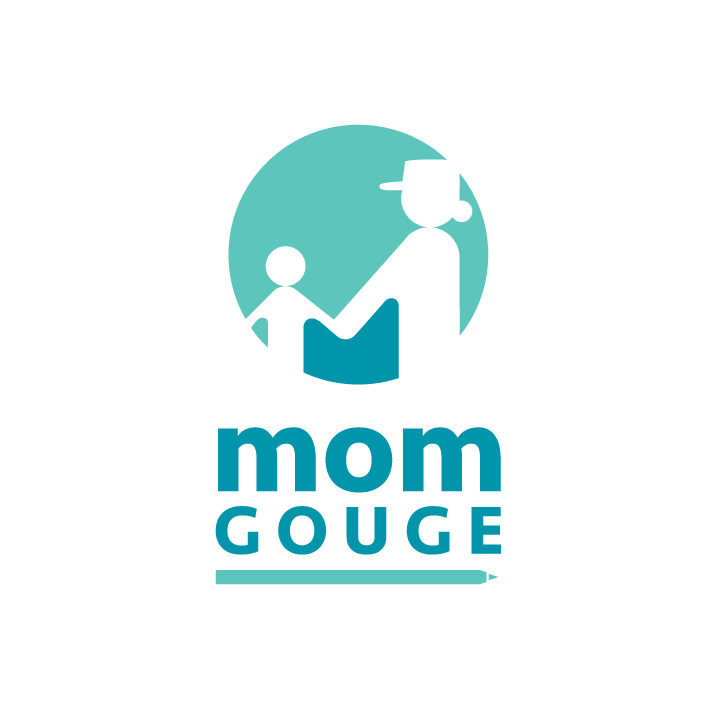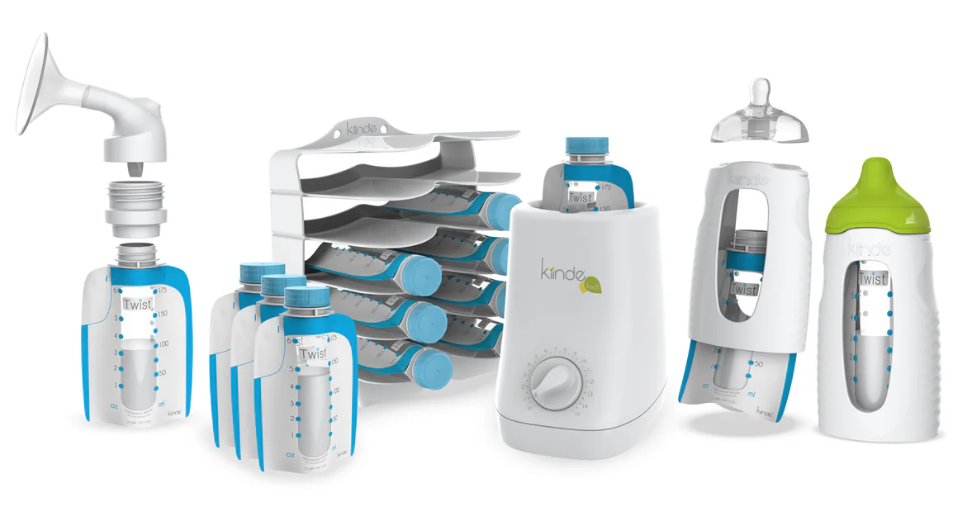Breastmilk storage
Storage Bags
Tricare covers bag refills every 30 days for one year. Suppliers (see the “Pumps” article) will send you bags every month if you desire (ex. Aeroflow sends me a text & email once per month asking if I’m ready for them to send me more bags. It’s as simple as replying “yes.”)
Specialized systems:
Kiinde System - allows the ability to pump directly into the storage bags which connect directly to the bottle system, allowing you to more easily freeze/store your milk, then thaw when ready, skipping the step of transferring pumped milk to storage bags from the bottle mechanisms which come with most pumping systems. You’ll need the specific adaptor that connects to your pump, but the system comes with a plethora of options. There are various flows rate nipples available to order if the default doesn’t work for your child. The Kiinde bag warmer is helpful, but not totally necessary if you have other methods to heat your milk.
Don’t worry, though! The Kiinde storage system is not the only way to go! Motif, Lansinoh, and other companies make great bags too. You may just need to pour your milk out from the containers into which you pumped into the bags.
FDA Storage and Use Guidance
According to the FDA, here are some guidelines for storing breast milk:
Freshly expressed or pumped: Can be stored at room temperature (77°F or colder) for up to 4 hours, or in the refrigerator for up to 4 days. If you're not going to use it within 4 days, you can freeze it right after pumping. It's best to use breast milk within 6 months, but it can be stored for up to 12 months. When freezing, store in small batches (2–4 ounces) in breast milk storage bags made for freezing human milk. Place the milk toward the back of the freezer, where the temperature is most consistent.
Thawed, previously frozen: Can be used within 1–2 hours, but should never be refrozen.
Leftover from a feeding: If the baby didn't finish the bottle, use the leftovers within 2 hours or discard them.
Lipase (and lipase taste aversion)
Lipase is a substance found in breastmilk which becomes more fragrant once breastmilk is frozen and thaws. Some infants do not like the taste, and therefore, won’t drink breastmilk after it has been frozen. Some strategies to overcome this issue is to add a drop or two of alcohol-free vanilla to your breastmilk or to mix your breastmilk with some formula (or both). Lots of alcohol-free vanilla options available on Amazon. We liked this one: https://a.co/d/3IF1YOP. Some other people prefer to “scorch” their breastmilk before freezing, but there are mixed reviews on whether or not this damages the nutrients in the milk.
Freezer Temperature Monitoring
Have a garage fridge/freezer? I can’t tell you how many horror stories I’ve heard about their breastmilk storage freezer losing power and then mamas lose their stash! Heart breaking! You may wish to consider purchasing a wifi thermometer and alarm. I have not personally used one, so if any of you mamas out there have experience with a brand you like, please share! Momgouge@gmail.com
This one looks pretty good on Amazon: https://a.co/d/9Eulzcm
Labelling/Storage Strategies
Some daycares (like the Air Force Child Development Center, or CDCs) regulations are more restrictive than what the Centers for Disease Control (CDC)/FDA deem safe. Below I’m providing the regulation and some strategies you may wish to consider in order to maximize the use of breastmilk while your child is at a more restrictive daycare, like the Air Force CDC. Do this at your own risk…
Air Force Child Development Center (CDC) Regulation
“AFI 34-144: 8.11.4. Have parents bring human milk in ready to feed bottles labeled with the child’s first and last name as well as preparation date and time. Store bottles no more than 48 hours in the refrigerator or no more than 24 hours if human milk was previously frozen. Store human milk no longer than three months in a freezer.”
-To summarize with some mitigation strategies:
AF CDC throws your milk away after an hour of its removal from the fridge. Don’t overfill your child’s bottles/spread it out. 2-4 oz per bag is likely enough in the early stages. Then you may wish to bump it up when your child’s appetite begins to grow. It’s an art, not a science! Balancing maximizing the amount of milk in a bag with minimizing waste… mama’s share your gouge if you have other strategies! Momgouge@gmail.com
AF CDC won’t accept previously frozen/thawed milk older than three months old — but the FDA says ideally use within 6 months (for taste!), but it’s good frozen up to 12 months! Therefore, when you thaw some milk, you should be safe to change the pumped date to something within 3 months (as long as it’s not older than 12 months). Again, do this at your own risk!


